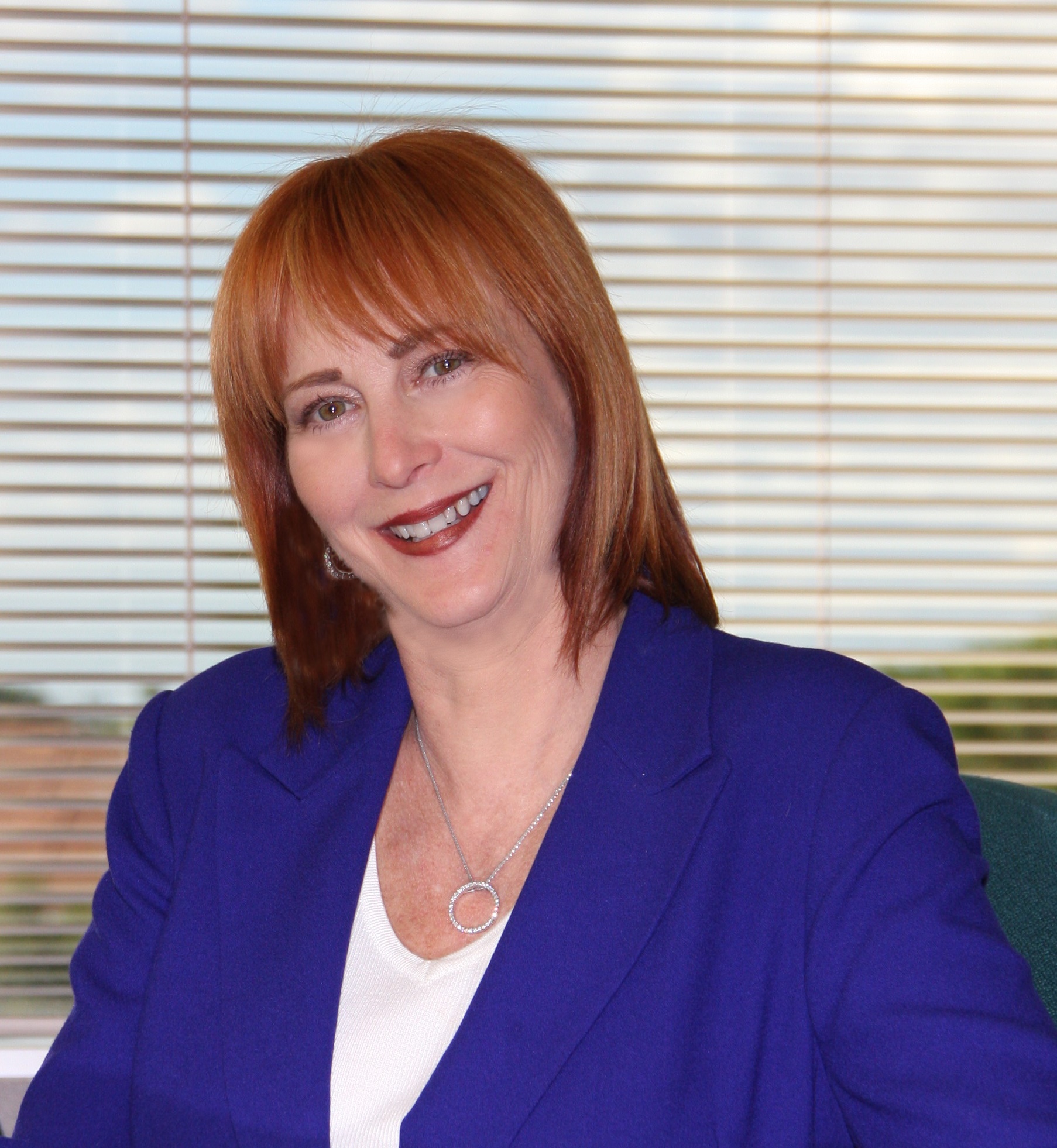When riddled with mistakes, coding can cost an ASC revenue and time. Caryl Serbin, president and founder of Serbin Medical Billing in Fort Myers, Fla., offers insight into the most common coding mistakes for ASC procedures as well as best practices to avoid future error.
Here are 11 of the most common mistakes coders commit for ASC procedures:
- Coding from the operative note title rather than reading the operative note body, therefore missing other billable procedures performed during surgery
- Not coding to the highest level of specificit
- Not coding for bilateral procedures
- Not coding for multiple procedures where allowed
- Assigning wrong or non-specific diagnosis codes
- Unbundling or up-coding
- Lack of sufficient modifiers
- Improper or no billing for implants
- Not coding for billable supplies or equipment usage
- Wrong anatomical part
- Failure to use current/updated code sets
Ms. Serbin notes she often sees more mistakes in the orthopedic and podiatry specialties, where coders under-code due to the complexity of procedures, multiple billable procedures as well as implants frequently used during a single surgical encounter.
The consequences of incorrect coding include revenue loss, extra man hours and extended processes. Undercoding denotes the "purposeful reporting of less expensive medical services than were performed," says Ms. Serbin. Upcoding, on the other hand, involves "reporting of more expensive procedures than were performed."
Ms. Serbin notes both practices are considered fraudulent, which may result in audits and investigations. ASCs may accidently undercode, which may lead to lost revenue by missing billable implants or equipment. When accidently upcoding, ASCs will have to put in extra time to rebill claims and process refunds to payers.
Certain codes tend to trip up coders, so keep an eye out for these in the following specialties:
Orthopedics
- Hardware/implant removal (fractures) — 20680 — This code may only be used once, despite the number of implants removed or incisions needed to remove the hardware.
- Tendon grafts with anterior cruciate ligament repairs — Coders may not use code 20924 for harvest of graft from a distance, with code 29888 for ACL repair, unless the graft is harvested from the opposite knee or from either ankle.
Podiatry
- Hammertoe repair — 28270 — This code includes any or all of the following:
- Wire fixation of the toe
- Excision of skin corns and/or calluses
- Division and repair of the extensor tendon
- Capsulotomy of the phalanx or phalangeal joint
- Fusion or arthrodesis procedure of the phalanx
- Excision of the proximal phalanx
- Associated tendon repair
- Coders will likely unbundle some of these procedures, but if a metatarsophalangeal joint capsulotomy is also performed, add the modifier -59 (distinct procedural service) to 28270.
Urology
- Bladder tumor removal — 52234 (small), 52235 (medium) and 52240 (large) — Coders may only bill one bladder tumor, despite removal of several bladder tumors during one surgical encounter. Ms. Serbin emphasizes refraining from adding tumor sizes together for coding, but rather using only the measurement for the largest tumor to determine the code.
Otolaryngology
- Functional endoscopic sinus surgery — Ms. Serbin says coders should only code for the specific type of FESS performed. Refrain from billing the additional codes 31231, 31233 or 31235, as they are considered inclusive with FESS procedures.
ASCs will benefit from employing coders with a deep understanding of billing for the most complex procedures, especially as the industry moves deeper into value-based care.
By 2018, CMS strives to tie 90 percent of payments to quality, and private payers will follow its lead. As a result, the industry will likely see more procedures shift to ASCs for cost savings. ASCs will also likely see more bundled procedures, which means less reimbursement.
"Coders will need to be constantly aware of the mandatory changes in coding requirements to obtain maximum reimbursement," says Ms. Serbin.
She recommends the following best practices for ASCs to perform at the top of their coding game:
- Hire a certified coder with expertise in surgical coding.
- Ensure coders are coding from the operative note's body and asking for additional information if necessary.
- Stay current with changing coding requirements.
- Utilize a coding form to explain reasoning for chosen codes, and save a copy in the patient records.
- Utilize a schedule to ensure all patients are code.

